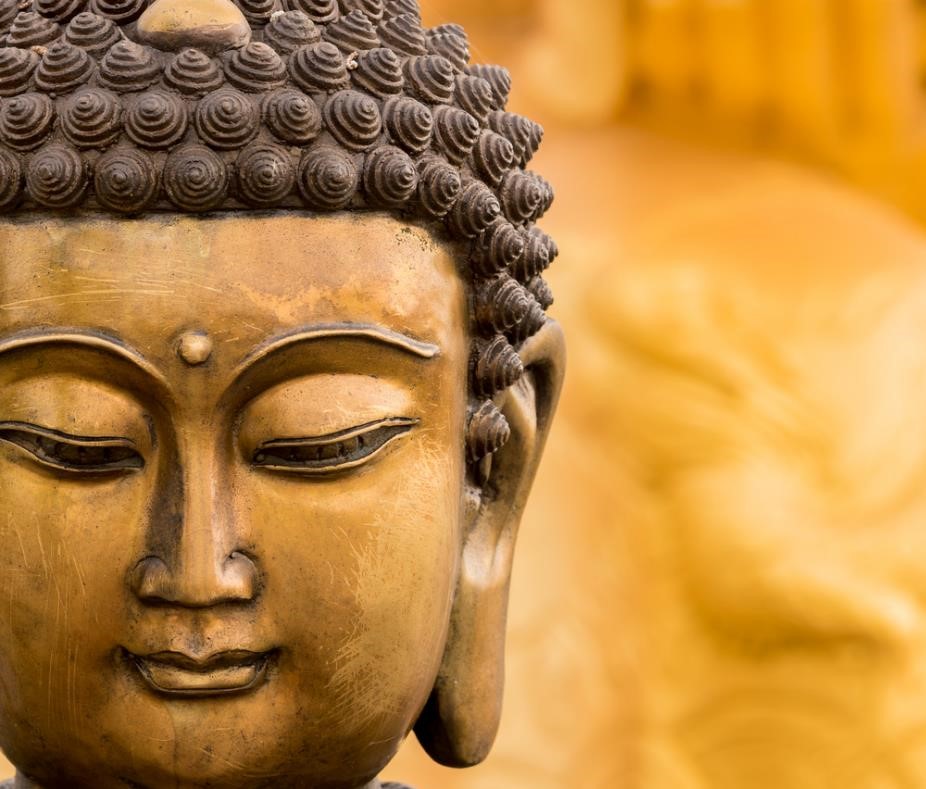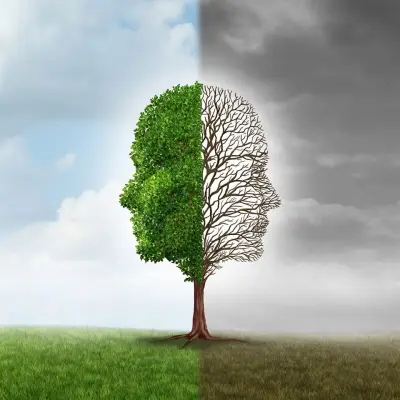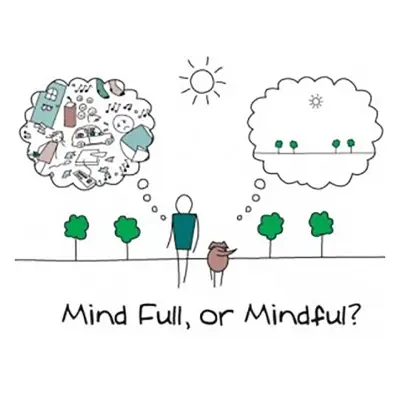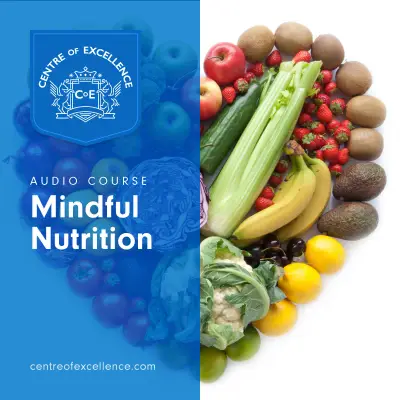Buddhism is typically divided into three major branches (sometimes referred to as "vehicles" or "yanas."): Theravada, Mahayana and Vajrayana. These branches have some overlap but differ in their philosophical outlooks, practices and doctrines. All three place great value upon compassion and seek enlightenment but advise different approaches to get to the latter. In this blog, we’ll explore each branch in turn…
Jump to:

- Theravada Buddhism: Also known as the "Way of the Elders". Theravada is the oldest surviving Buddhist school and is dominant in Sri Lanka, Thailand, Cambodia, Laos and Myanmar (Burma). Theravada places a special emphasis on each individual practitioner's path to enlightenment and uses the Pali Canon as its primary religious text (i.e. a collection of the earliest Buddhist scriptures).
- Mahayana Buddhism: Also known as the "Great Vehicle". Mahayana was developed later than Theravada but is now a more expansive form of Buddhism. It’s common in East Asian countries like China, Japan, Taiwan, Korea, Singapore and Vietnam. Mahayana Buddhists believe in the Bodhisattva ideal, where individuals strive not only for their own enlightenment but also for the universal enlightenment and salvation of all beings. It is more liberal in its interpretation of Buddhist doctrine than Theravada and includes additional scriptures like the Mahayana Sutras.
- Vajrayana Buddhism: Also known as Tantric Buddhism or Tibetan Buddhism. Vajrayana is a distinct branch of Buddhism that originated in Tibet and the surrounding Himalayan regions, now being practised widely in Tibet, Mongolia, Bhutan and parts of India and Nepal. It draws upon elements of Mahayana Buddhism but also includes unique practices and teachings, such as tantra, deity yoga, meditative techniques, and esoteric rituals. The role of enlightened teachers - known as lamas - is a large focus of Tibetan Buddhists. It views enlightenment as something that can be attained in a single lifetime. This tradition is also known for its colourful and intricate mandalas, as well as its association with the Dalai Lama.
Of course, there are also numerous sub-schools, sects, subdivisions, and regional variations within each of the three branches of Buddhism, leading to further diversification and adaptation of its teachings and practices.
Recommended for you!
Best SellersWhat is Theravada Buddhism?
Theravada Buddhism dates all the way back to the 3rd century BCE in India. As the oldest surviving and most conservative Buddhist school, it strictly follows the earliest Buddhist teachings found in the Pali Canon scriptures and does not recognise the Mahayana sutras that have begun to be followed in later years.
The main teachings of Theravada include the Four Noble Truths, the Noble Eightfold Path, and the Three Marks of Existence. According to Theravada Buddhism, spiritual liberation is achievable via one’s individual efforts. The ultimate goal is to become an Arhat: someone who is truly enlightened and who has achieved a state of nirvana. As a result, Theravada does not endorse enlightened beings within Mahayana traditions (known as Bodhisattvas) who choose to postpone nirvana in order to help others: enlightenment is thought to come as a result of solitary effort, and it aims to end suffering by eliminating ignorance and desire.
Theravada holds monastic communities (sangha) of monks and nuns as being of central importance, and these monastics are usually supported by lay followers. Key practices for disciples of this school of Buddhism include meditation, ethics, generosity and, of course, the attainment of insight.
What is Mahayana Buddhism?
Mahayana Buddhism first emerged around the 1st century BCE, once again in India, and is therefore the second major “vehicle of enlightenment”. After a period of coexistence, it became a distinct and separate tradition from its Theravada counterpart. It is a more liberal movement within Buddhism, viewing the earlier Pali sutras as provisional writings that were then followed up by the Mahayana sutras: scriptures that Mahayana practitioners believe to be the most complete teachings of Buddha.
Unlike Theravada, Mahayana Buddhism does not place personal enlightenment above the enlightenment of all beings (bodhicitta). The Bodhisattvas who postpone nirvana to help others are therefore central figures to this branch of Buddhism, as they display the key attributes of altruism and compassion.
The main schools of Mahayana Buddhism are the Pure Land school and the world-famous Zen school, and their teachings include sunyata (emptiness), Buddha-nature and trikaya (three bodies of Buddha). Both monastic and lay paths are recognised within Mahayana Buddhism, and devotees of either path commonly seek to display their devotion via practices like meditation and vegetarianism.
What is Vajrayana Buddhism?
Vajrayana (Tantric) Buddhism is regarded as the third turning of the wheel of Dharma. It means "Diamond Vehicle" or "Thunderbolt Vehicle" and was first practised in mediaeval India around the 5th century CE and later spread to Tibet (it actually incorporates the native Tibetan Bon religion).
Vajrayana Buddhism is built upon the platform that was laid by its Mahayana predecessor but adds esoteric tantric rituals and practices. Devotees seek to gain enlightenment within the span of a normal lifetime (a principle it shares with the Mahayana traditions) and believe that Vajrayana is the fastest way to achieve this goal. They make extensive use of mantras, mudras, mandalas, meditation and visualisations as they journey upon the path towards their goal. Deity yoga - where a student takes on the role of a deity that represents enlightenment - is another important practice, while the very highest practices seek the union of feminine and masculine principles.
Close teacher-student relationships are essential to the Vajrayana path, as is initiation from a guru. The four main schools are Nyingma, Kagyu, Sakya and Gelug. The Dalai Lama is the highest lama of Gelug: the dominant school. However, Gelug is actually the newest of the Vajrayana schools. The oldest is Nyingma, which can trace its origins back to the 8th-century Indian master Padmasambhava: sometimes revered as the second Buddha.
If you’re fascinated by the ancient traditions of Buddhism, then our accredited Buddhism Diploma Course is available now for just £37 (save £110!). The many doctrines and schools of thought within Buddhism are highly complex, particularly for newcomers to the subject, and so our course serves as a fantastic introduction for those with an academic interest or those who wish to begin practising themselves.













